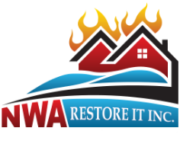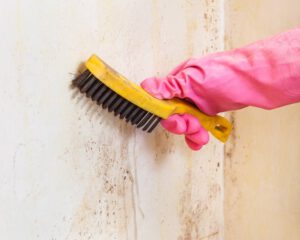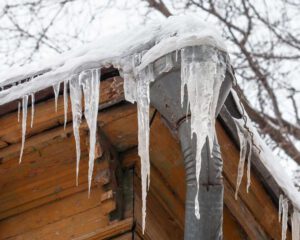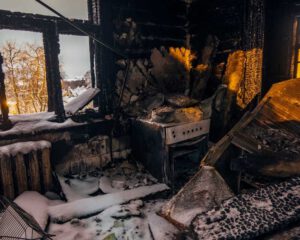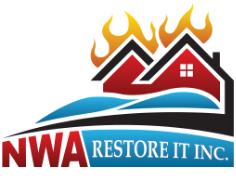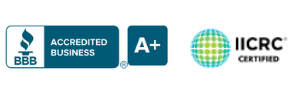The call came in early Sunday morning; the hotel manager told us that at least 10 rooms were flooded. We took down all the necessary information, and knew that a quick response would be of the utmost importance. Because of the nature of this business, we needed to keep time and efficiency top priority in order to keep operations running for the hotel during the entire process.
After arriving quickly on site, our team found that a sprinkler had busted in the ceiling of the second floor. This leak caused damage in 10 guest rooms, the hall, and the elevator shaft on the second floor, as well as, the breakfast eating area, foyer, hall, and one guest room on the first floor with ceilings, walls, and floors affected on both floors.
We set up two different trucks, one for each affected floor, to start the extraction of excess moisture. During the extraction, we did a pre-inspection to determine the best method for drying the structure. The inspection revealed several factors that must be taken into consideration: wood framing, extra insulation used for sound proofing, and vinyl wall paper. All of these factors mean more dry time because each one retains more moisture.
After taking these factors into account, the drying plan was formed. We would extract all the “easy” water, remove the wet carpet pad and carpet cove base, and drill holes in the drywall in all the affected areas. Why drill holes in the drywall, you ask? We do this for two specific reasons: to get direct air flow into the wall cavities from the ground up and to keep repair cost at a minimum. Drying the wall from the inside out allowed us to save existing wall paper and cause minimal demolition damage in repairing the holes. Fortunately, we were able to save the carpet as well due our quick response time.
Additional steps were taken in order to ensure the drying would be effective and efficient. By taking into account the hotel’s cubic footage, we determined the number of dehumidifiers needed to ward off any mold growth and the amount of heat needed to keep the equipment running efficiently. To further facilitate drying, we introduced a trailer mounted boiler unit, which brings the heat introduced to a dry heat quickly. By doing this, we were able to save at least a day and a half to two days of dry time.
Our employees continued to monitor the site over the next few days until the site was dry. Adjustments were made to the equipment and air conditioners turned on to help induce drier air within the building as we neared the end of the drying process.
